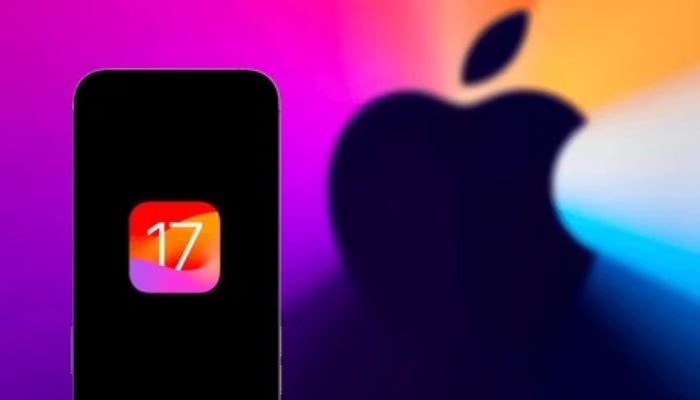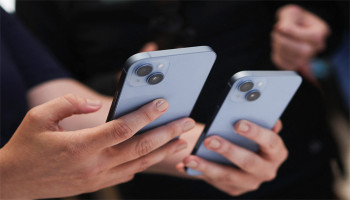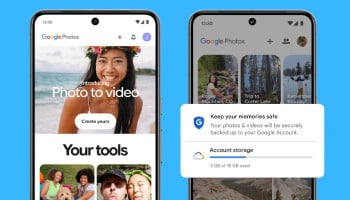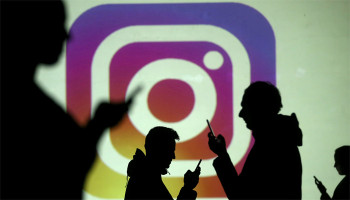
In an effort to strengthen user privacy, Apple included a groundbreaking feature in its iOS 17 update that gives users unheard-of control over third-party apps' access to their photo libraries.
The way people use apps like Facebook and Instagram is about to change dramatically as a result of this development, which will enable a more sophisticated method of data sharing.
An application that accesses a user's photo library also gets the metadata, such as depth information, geospatial coordinates, captions, and audio annotations—that is linked to each image.
According to Apple, "Photos may contain data associated with location, depth information, captions, and audio." This emphasises how having unrestricted access to one's visual narrative can have negative consequences.
Steps to manage photo access on your iPhone
Users can follow these simple steps to take advantage of these improved privacy features:
- Go to Settings
- Select Security & Privacy.
- Tap on Photos
- Choose how much access each app is allowed to have:
- None (no entry)
- Add Photos Only (no access to pre-existing photos, only add new ones)
- Restricted Access (some photos only)
- Complete Access (all photos are accessible)
The field of digital privacy has advanced significantly with this development. Apple is redefining the industry by giving users the ability to specify the conditions of their data sharing.
Features like these will be essential in determining the direction of the digital world as users grow more conscious of the value of data protection.
In conclusion, a significant improvement in user data protection is represented by iOS 17's improved photo privacy features.
Additionally, users can protect their visual story and keep control of their personal information by being aware of the consequences of photo library access and taking action to manage these permissions.
















